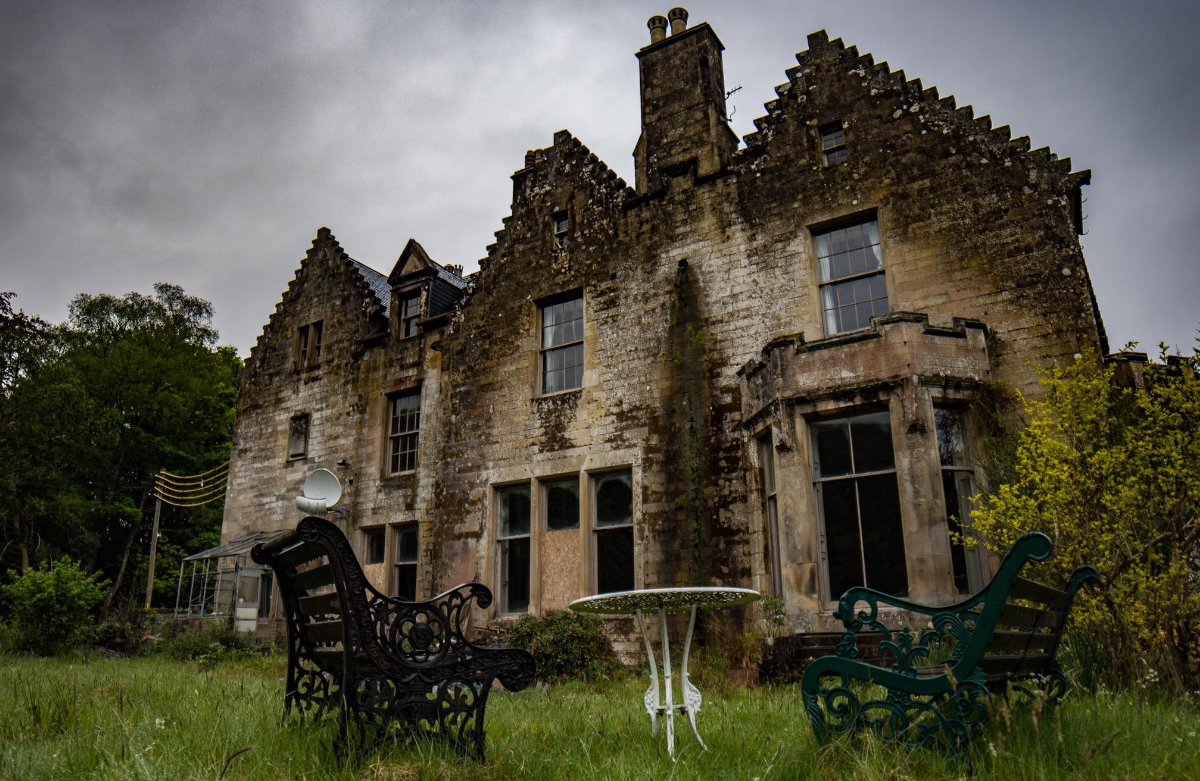- Home
- Scotland's changing climate
- Urban Housing in Scotland
- Maintenance
- Ventilation
- Airtightness
- Insulation
- Lofts - insulation at ceiling level
- Lofts - insulation at rafter level
- Cavity wall insulation
- Solid Walls: Internal vs External Insulation
- Internal Solid Wall Insulation (IWI)
- External Solid Wall Insulation (EWI)
- Timber frame retrofit
- Windows and doors
- Openings in 'historical' buildings
- Openings in 'non-historical' buildings
- Ground floors
- Suspended floors
- Suspended floors - from below
- Suspended floors - from above
- Solid floors
- Insulation materials
- Building science
- Space heating
- Solar energy
- Product Selector
The Importance of Maintenance
In this section, we assert the importance of maintenance as a prerequisite of any work to improve buildings. There are many reasons given to undertake regular and comprehensive maintenance on your property:
• Property in good repair will be worth more and sell faster if on the market.
• Minor repairs which cost relatively little, left for more extended periods, can cause extensive damage and cost far more in the long term.
• In general, the cost of repairs is increasing faster than inflation.
• Poorly maintained buildings can lower the value of property in the surrounding area

Source: www.deadlinenews.co.uk
• As climate change begins to bite, we will see more extreme weather, Scotland will become wetter and windier, putting a more significant strain on the external fabric of buildings
• Owners of buildings have a duty of care to ensure the safety of the general public; unmaintained elements of the building can fall and injure people below, sometimes fatally
• Our older buildings are a valuable and often irreplaceable resource, and from the perspectives of both sustainability (resources and embodied energy) and cultural heritage, we have an obligation to care for these so that subsequent generations can enjoy them as we have
• Caring for and maintaining historic buildings means supporting a wide range of traditional skills and techniques, which are important to retain, like the buildings themselves.
A prerequisite of energy efficiency
A more commonly discussed reason is that good maintenance is a necessary prerequisite for energy efficiency. Leaks, blockages and cracks in roofs and walls can all allow moisture into the fabric of a building, causing all manner of problems. Damp patches, mould and rotten joist ends are commonly acknowledged as issues arising from poor maintenance. Still, another unseen consequence is that saturated materials conduct heat more effectively, ‘wicking’ warmth from a building, while gaps in buildings can allow cold air in and warm air out.
Maintenance saves money in the long term
On many retrofit projects, delays and additional costs are incurred due to uncovering things like rotten rafter or joist ends, damp patches in stonework or rusting metalwork that need to be repaired. In short, regular maintenance would result in many expensive retrofit projects not being required at all, saving a good deal of money in those undertaken. While regular maintenance work costs money, it is less, in the long term, than the alternative.
Get an expert to investigate materials condition.
Much of the basic investigation work can be done by anyone. Still, it pays to have a professional undertake a more detailed investigation, particularly where access isn’t safe or straightforward, or cause and effect are not obvious.